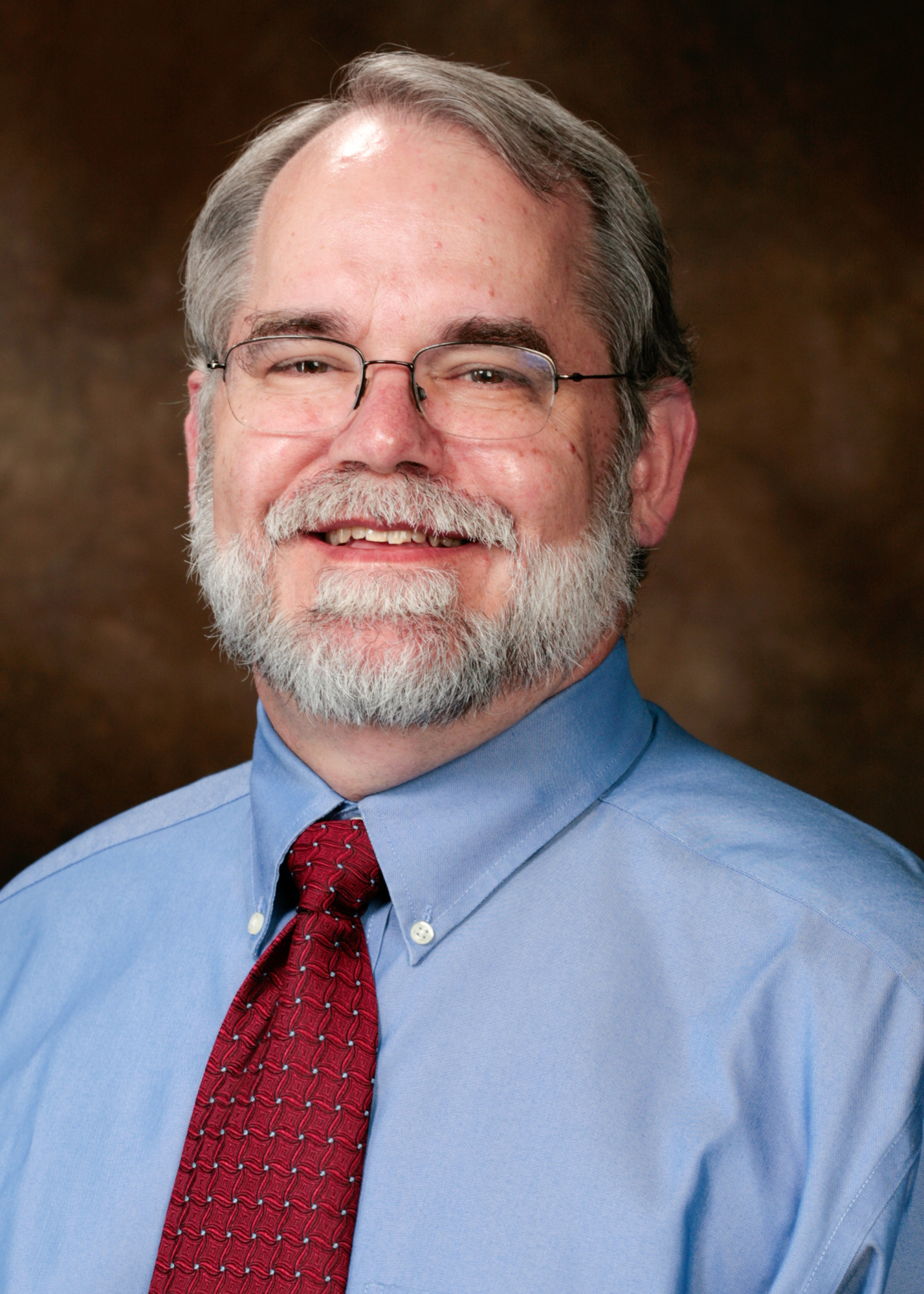Graduate Program Focuses on Technology, Business Skills
FAYETTEVILLE, Ark. — Nearly 16 years ago, 11 students at the University of Arkansas took a leap of faith.
They committed to enroll in an interdisciplinary master’s degree program in microelectronics-photonics — which hadn’t yet been approved by the Arkansas Department of Higher Education.
“We had our first group start into a non-existent program,” said Ken Vickers, director of the graduate program since its inception. “The second year, we had our first students who entered with a master’s degree from a prior, traditional department into a non-existent Ph.D. program. So we had some real risk-takers.”
The Master of Science program was proposed in the fall of 1998 and was approved by the Arkansas Department of Higher Education in the summer of 1999 for implementation that fall. The doctoral program in microelectronics-photonics was proposed in the fall of ’99 and was approved in the summer of 2000 for implementation that fall.
“We had a lot of support from the central administration, the deans, the department heads, and certainly the faculty,” Vickers said.
The program, better known by the name “microEP,” is the second-oldest interdisciplinary graduate program at the U of A, and the oldest that involves multiple colleges. The program reports directly to the dean of the Graduate School and International Education, but it closely aligns its policies to those of the J. William Fulbright College of Arts and Sciences and the College of Engineering.
Vickers, who holds a faculty appointment in the department of physics and is an adjunct faculty member in the department of electrical engineering, will retire in August. He’s overseen an expansion of the program from 11 in its first year of existence to a current enrollment of 60.
MicroEP is designed to expand a student’s knowledge beyond the boundaries of traditional departmental based graduate programs, Vickers said. Its students participate in cross-departmental research, take classes focused on applications from multiple engineering and science departments, and develop workplace productivity skills in a simulated industrial environment.
The outcome of their graduate education in this interdisciplinary environment will be a better understanding of microelectronic-photonic materials, as well as the creation of high-performance, miniaturized devices and systems made from these materials.
Just as importantly, the students gain an understanding of the economics that affect successful introduction of these devices and systems into industry and the community, said Vickers, who worked as a manager at Texas Instruments for 20 years.
“When we created the program, we advertised it as a professional development degree that accepted students from any rigorous science or technical program,” Vickers said. “They could put together a course program that put an emphasis on their exact career preparation. Not all of our students come in knowing exactly what they want to do, so we give them a very broad base in many different aspects of micro to nanoscale materials processing and devices.”
Vickers holds both a bachelor’s degree and master’s degree in physics from the U of A. Part of his job at Texas Instruments involved recruiting, and he would travel to Northwest Arkansas to visit with faculty and students. One time, he had dinner with Greg Salamo, now a Distinguished Professor of physics, and the two ended up talking for three hours about how to put together a graduate program in microfabrication and microelectronics.
“Greg mentioned that he had just won a research grant that included five years of funding to create the program that I had been talking about,” Vickers said. “I was fortunate enough to be chosen to come here and do it. I wasn’t a pioneer, however. When I got here, the faculty had identified the field they wanted planted and they had cut down the trees. It was my job to prepare the field and to find a way to seed it with this new concept. I came in at a great time. We already had the High Density Electronics Center. It was the perfect set-up to launch a new interdisciplinary program.”
In 1999, the U of A landed a $2.2 million Integrative Graduate Education Research Training grant. The grant program was created by the National Science Foundation to generate new ways to train doctoral students who enter technological fields.
“That gave us a nationally reviewed program description,” Vickers said. “It was highly prestigious.”
Through the years, the program has expanded beyond the electronics and photonics applications to any appropriate research dealing with micro to nanoscale materials, including formal training in commercialization of research into products useful to society.
“One of the benefits of microEP to our faculty is they can attract microEP students from different educational backgrounds to build a research group in the same way that they would build an entrepreneurial technology company,” Vickers said.
MicroEP’s emphasis on research commercialization is best shown by two of its alumni, local entrepreneurs Alex Lostetter, president and chief executive officer of Arkansas Power Electronics International Inc.; and Doug Hutchings, CEO of Silicon Solar Solutions.
“Our goal in microEP is to create value for the taxpayers of Arkansas through economic development based on advanced materials and devices and these two companies are just the tip of that iceberg,” Vickers said.
Contacts
Ken Vickers, director
Microelectronics-Photonics
479-575-2875, vickers@uark.edu
